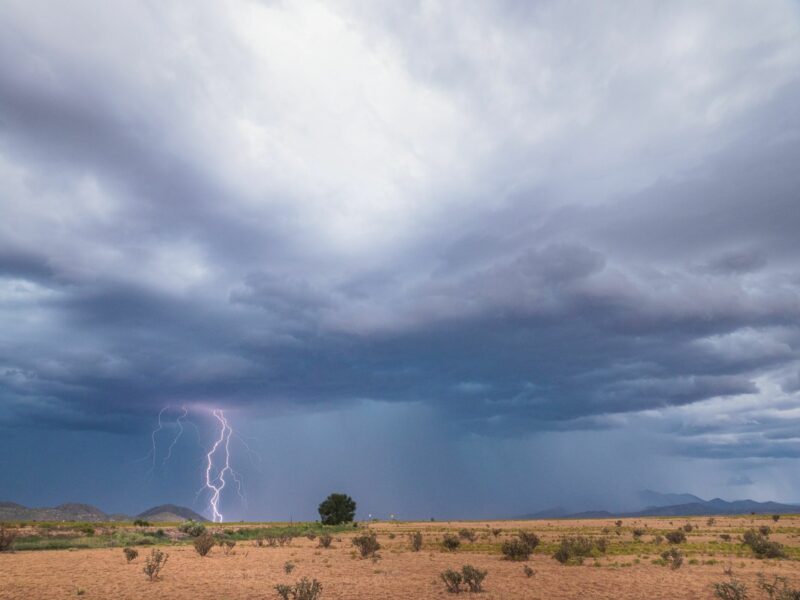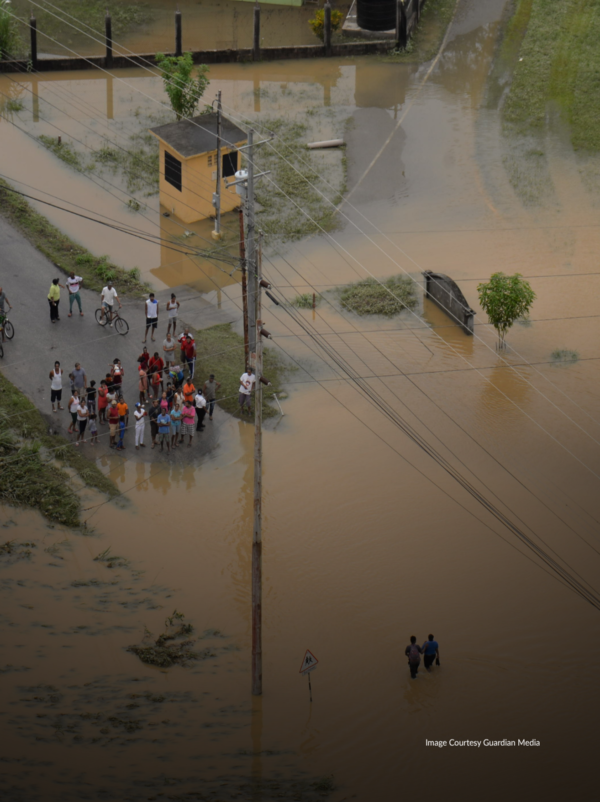Half a degree additional warming, prognosis and projected impacts (HAPPI): background and experimental design
Authors
Daniel Mitchell, Krishna AchutaRao, Myles Allen, Ingo Bethke, Urs Beyerle, Andrew Ciavarella, Piers M. Forster, Jan Fuglestvedt, Nathan Gillett, Karsten Haustein, William Ingram, Trond Iversen, Viatcheslav Kharin, Nicholas Klingaman, Neil Massey, Erich Fischer, Carl-Friedrich Schleussner, John Scinocca, Øyvind Seland, Hideo Shiogama, Emily Shuckburgh, Sarah Sparrow, Dáithí Stone, Peter Uhe, David Wallom, Michael Wehner, and Rashyd Zaabou

The Intergovernmental Panel on Climate Change (IPCC) has accepted the invitation from the UNFCCC to provide a special report on the impacts of global warming of 1.5 °C above pre-industrial levels and on related global greenhouse-gas emission pathways. Many current experiments in, for example, the Coupled Model Inter-comparison Project (CMIP), are not specifically designed for informing this report. Here, we document the design of the half a degree additional warming, projections, prognosis and impacts (HAPPI) experiment.
HAPPI provides a framework for the generation of climate data describing how the climate, and in particular extreme weather, might differ from the present day in worlds that are 1.5 and 2.0 °C warmer than pre-industrial conditions. Output from participating climate models includes variables frequently used by a range of impact models. The key challenge is to separate the impact of an additional approximately half degree of warming from uncertainty in climate model responses and internal climate variability that dominate CMIP-style experiments under low-emission scenarios.
Large ensembles of simulations (> 50 members) of atmosphere-only models for three time slices are proposed, each a decade in length: the first being the most recent observed 10-year period (2006–2015), the second two being estimates of a similar decade but under 1.5 and 2 °C conditions a century in the future. We use the representative concentration pathway 2.6 (RCP2.6) to provide the model boundary conditions for the 1.5 °C scenario, and a weighted combination of RCP2.6 and RCP4.5 for the 2 °C scenario.











